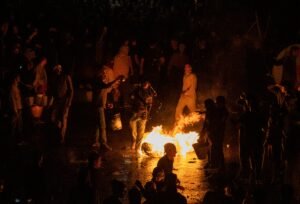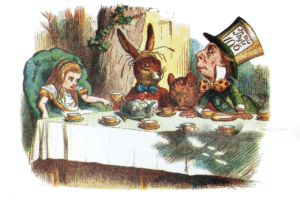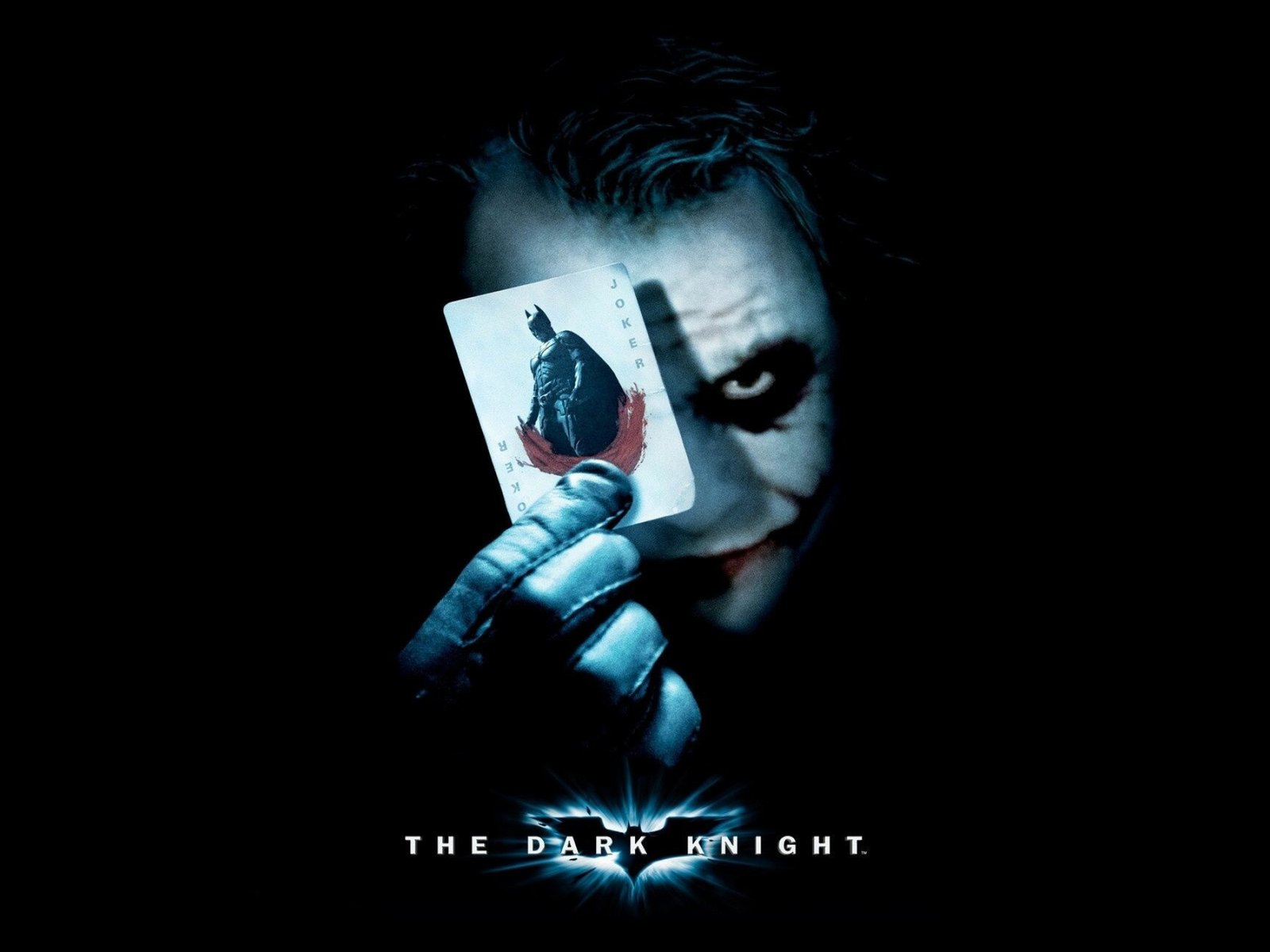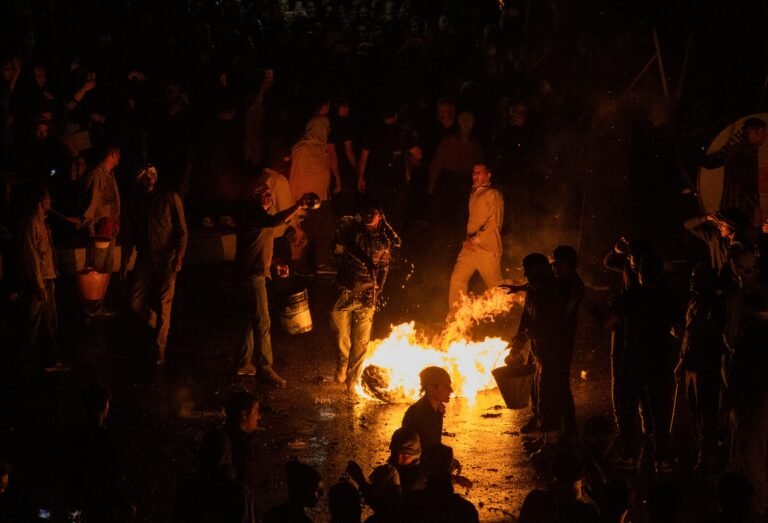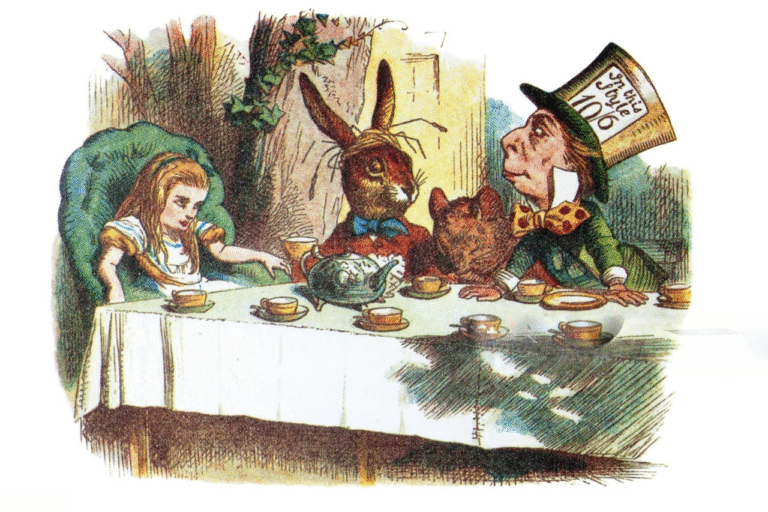If you give cinephiles enough time to watch their favorite movies, they will surprise you with what they uncover. Sometimes it’s a kooky theory, and other times, it’s a certified banger right out of the gate. This interesting Joker film theory has been floating around Reddit, Tumblr, and Quora for over a decade. We all know problematic Joker fans who glorify the wrong things about the villain, but this isn’t that.
So, get that Hans Zimmer soundtrack going and let’s break down this Christopher Nolan masterpiece to figure out the plan behind the chaos and madness of Joker’s arc.
When The Movie Starts
Before the heist and the purple suit, Gotham is a festering city with a gang problem, massive closed-off segments, and a corrupt bureaucracy in the pockets of organized crime families.
Think about the desperation it takes for an entire city to allow a billionaire in a futuristic bat suit with Sci-Fi level tech to be the one taking on crime, and ineffectively at that.
That is where the villain walks in, and unlike his insistence that he’s like a “dog chasing cars” who wouldn’t know what to do with one if he caught it, the Joker is slowly revealed to be the man with the plan.
Joker: Agent of Chaos?
More like an agent of change! The misdirection he engages in throughout the entire film, seeming to go from one mad decision to the next, works successfully, as most people walked out of theatres in 2008 feeling like they knew who the good guys were.
The opening heist is targeted at a mafia bank. He does not just take their money, he wipes out their best men while at it. After robbing the mob blind and severely shaking their hidden economy, it forces Lau, an extraordinary accountant who has been the lynchpin behind the mob’s financial might, to come out into the spotlight.

Once the money man is identified and all the mafia money with him, Batman goes on the audacious Hong Kong extradition heist that nabs the criminal. This is a calculated demolition, like pulling bricks out of a rotten wall.
But the Joker is just getting started. His murder spree at this time targets people at the top and key criminals who could protect the figureheads. During this time, Harvey Dent even argued that the mafia leaders should be insulated to leverage their control and clean up the streets of lower-level criminals.
The Joker is aware that this will not work, at least not in the long term, so his plan continues.
Gordon’s Promotion

In the hospital scene, where he ends up destroying the building, Joker’s plan ends up surfacing corrupt cops, some of whom are killed by Dent later in the movie. This puts Gordon in good standing with his peers and shows him to be a good cop.
For all his faults, Commissioner Gordon is a man of integrity who wants what’s best for his city. It is the Joker’s plan to be captured on purpose, which leads to Gordon’s promotion. Here stands an incorruptible man whom the Joker, in this theory, wants Gotham to embrace.
His clapping scene, which is interpreted as sarcastic on the first viewing, suddenly seems sincere and genuine. Watch that scene again and tell me that look on his face doesn’t convince you. Of course, since he has other matters to attend to, he doesn’t stick around for too long.
But remember that applause; in this theory, the Joker thinks, ‘finally, someone the city can look up to.’
The Flying Pest Is Joker’s Biggest Target
The Joker understood something about symbols. Batman’s existence was not inspiring hope; it was escalating the problem. Wannabe vigilantes with hockey pads start to roam the streets impersonating the Dark Knight, and criminals get meaner.
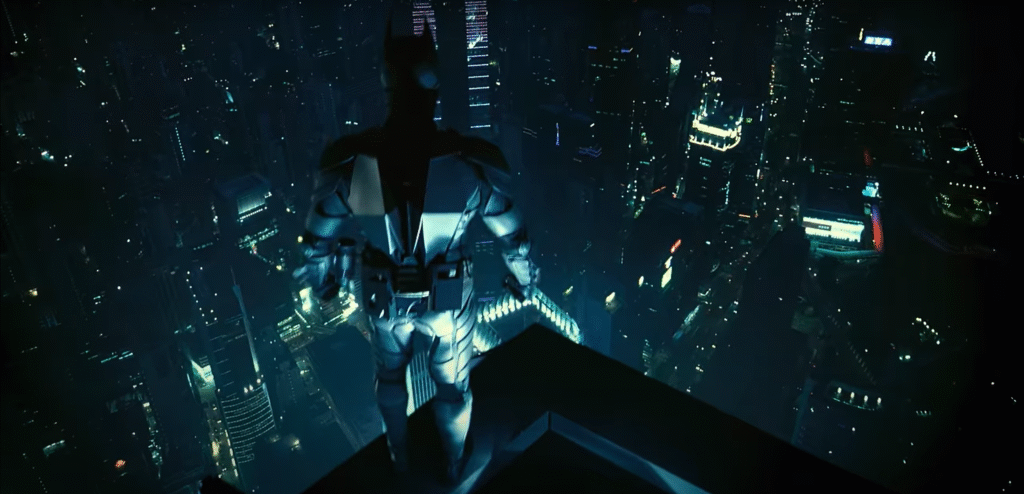
You might think the plan here would be to eliminate the Dark Knight. However, the Joker knew that killing him would only turn him into a martyr, and he had different plans for who would make a better martyr.
Gotham needed a symbol, yes, but not the Bat Signal. Batman represented fear and vengeance. The Joker wanted something better. He wanted Harvey Dent.
Dent was the true white knight, and the Joker knew it. So, he tore Harvey down, not because he hated him, but because Gotham needed a martyr, not a man. A tragic symbol could unite the city in a way a flawed, broken human could not.
Rachael’s death, Harvey’s scars, and his tragic fall from grace were all part of the Joker’s twisted plan.
That Ferries Scene

Two ferries. Two detonators. Gotham’s civilians vs Gotham’s prisoners. Who will the city choose?
In this massive social experiment, the Joker executes his next part of the plan, which was not about blowing people up as his dialogue might lead you to believe. Joker held up a mirror to Gotham and dared them to blink, and after all they had been through since the movie began, they didn’t.
Even the Joker was surprised. That scene where the prisoners throw the detonator out the window is almost a moment of awe. Joker thought Gotham was irredeemable, but the city proved him wrong. In doing so, he proved his own point; the city could survive without a Batman.
The Endgame
When the dust settles, organized crime is smashed to bits, corrupt officials are either dead, arrested, or marginalized, Batman lives in exile, mythologized as a necessary evil, and the city? Well, the city is healing itself.

The final scenes of the movie sees the Dark Knight have a conversation with Gordon about why it is essential that he retires his alter ego and soon after, we see Gordon on the rooftop hosting the bat signal, axe in hand, with other cops around him, as he destroys the light that shone terror onto the city skies.
By the time The Dark Knight Rises opens, Gotham is peaceful, so much so that it doesn’t even need Batman anymore. Bruce Wayne is a fossil collecting dust in his manor, and vigilantism is no longer necessary.
The architect of all this change was not Batman.
It was the Joker.
